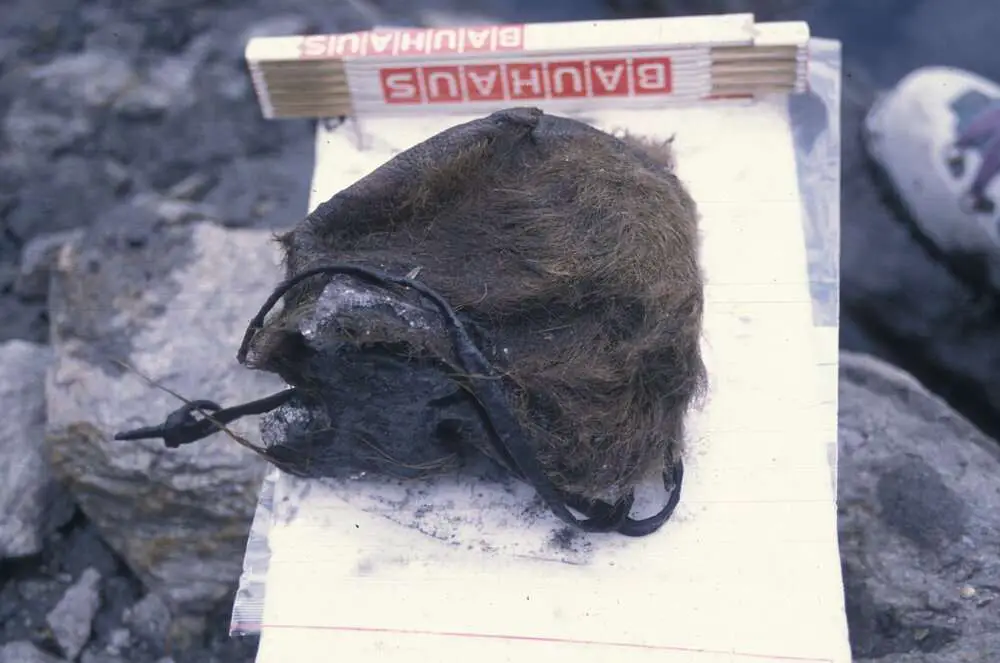New research has suggested that Otzi the 5,300-year-old prehistoric iceman did not die in autumn before being preserved under winter snow, and instead had died in early spring on a high Alpine snow field.

The Ice Age huntsman, considered one of the oldest and best-preserved mummies in the world, is now believed to have died on the snow field in early spring or summer, according to scientists from Norway, Switzerland and Austria.
He then reportedly melted into the gully where two hikers named Helmut and Erika Simon found him at about 10,532 feet (3,210 metres) above sea level in the Tisenjoch Pass near the Italian-Austrian border in 1991.
Based on the newly-found data the scientists concluded that the official history of how Otzi was preserved should be rewritten.
The original explanation of how the about 46-year-old iceman was preserved was initially provided by Austrian archaeologist Konrad Spindler.

Spindler claimed that Otzi had escaped to the pass in autumn with damaged equipment and then froze to death in the snow-free gorge where his remains were found.
His body and associated remains were supposedly quickly covered by ice afterwards and later rested under a moving glacier until the ice melted again in 1991.
Otzi’s preservation was also used as evidence for the sudden cooling of the climate around the time of his death.
But glaciologist at the Institute for Interdisciplinary Mountain Research of the Austrian Academy of Sciences (OAW) Andrea Fischer said: “When he was discovered, Otzi was a surprising and remarkable find, from which one learned a lot about the history of people in the high mountains.

“Today we can learn a lot about climate change from the find.”
Fisher and her team were able to reject Spindler’s theory by proving that Otzi was not immediately and permanently buried under ice.
Instead, according to the scientists, he was repeatedly uncovered by melting processes in the 1,500 years following his death and later.
The research also showed that the damage to the iceman’s artefacts is similar to that found at other post-Ice Age archaeological sites.
OAW stated: “This means that this occurred due to natural processes at the site and not conflict or struggle.
“The history of the ice at the site shows that, contrary to what the scientific literature claims, it is unlikely that a glacier moved there after Otzi’s death.

“And, there is no clear evidence of a sudden and drastic cooling of the climate at the time of Otzi’s death.”
Fischer claimed that because of Otzi’s discovery both glacier archaeology and the knowledge of glacier sites have developed significantly in the past 31 years.
She stated: “We now understand better how high-altitude ice fields influence archaeological sites and finds.”
The reassessment of Otzi’s preservation improves the chances of discovering more ice mummies, according to the scientists.
The study was published in the peer-reviewed scientific journal ‘The Holocene’ on Monday, 7th November 2022.


